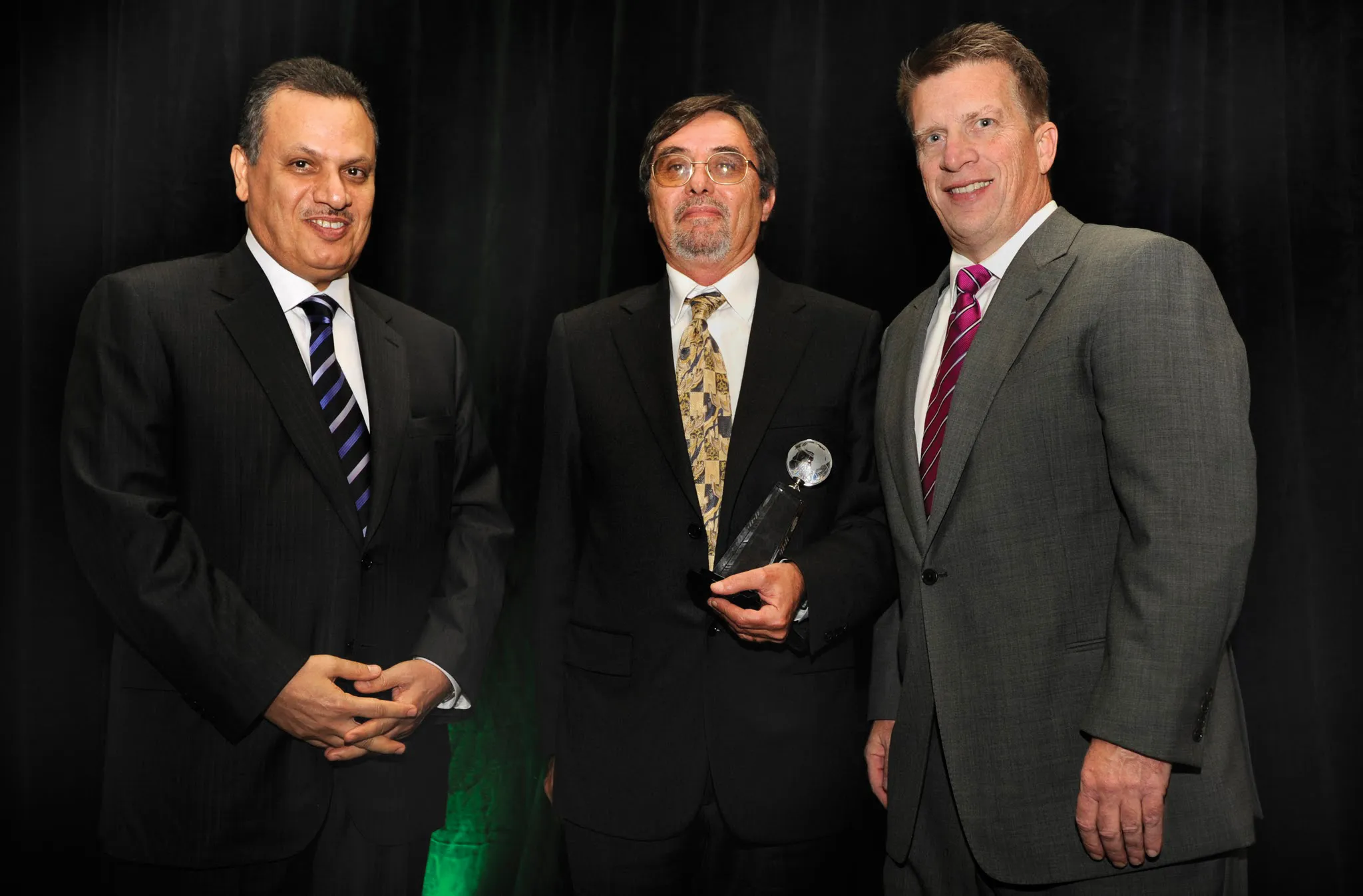A webinar being run by the IRF will help industry professionals achieve proper crash cushion selection based on site-specific seeds and conditions. The webinar is being held on June 27th from 2:00-3:00 pm US-EDT as part of the IRF’s Safer Roads by Design series and is being hosted by industry expert and IRF safety advisor Mike Dreznes. The aim of the webinar is to deliver proper classification of crash cushions, a task critical to ensure the appropriate placement of crash cushions, also known as impact atte
June 22, 2012
Read time: 3 mins
A webinar being run by the 3918 IRF Washington will help industry professionals achieve proper crash cushion selection based on site-specific seeds and conditions. The webinar is being held on June 27th from 2:00-3:00 pm US-EDT as part of the IRF’s Safer Roads by Design series and is being hosted by industry expert and IRF safety advisor Mike Dreznes.
The aim of the webinar is to deliver proper classification of crash cushions, a task critical to ensure the appropriate placement of crash cushions, also known as impact attenuators. The webinar is intended to help provide expert knowledge and assistance to the highways sector. At present, few Departments of Transportation (DOTs) can afford the luxury of an in-house expert on crash cushions. But not enough DOTs realise the importance of specifying crash cushions based on site-specific conditions, crash cushion design performance specifications and the reusability of the crash cushions after a design capacity impact to ensure the optimum usage of their road safety funds. By joining with the IRF for this one hour knowledge sharing session, DOTs, road agencies, contractors and other road industry professionals will learn how to select the proper system for all applications which will result in significant savings when purchasing and maintaining the crash cushions.
This webinar will also provide participants the information and details needed to implement crash cushion classifications for their state, agency or country. The webinar will explain the importance of a clear understanding of how each type of crash cushion works. Proper decisions will save money, minimise liability, and most importantly, avoid needless deaths and injuries. Targeted participants include road agencies, US DOTs, consultants, academia, contractors, and asset management and other road industry professionals. The webinar will also be of relevance to countries that employ US safety standards, including various Latin American and Middle Eastern nations.
The webinar will cost US$99 for IRF members and $129 for non-members. Topics that will be covered include: specific site data information required to select the appropriate crash cushion; a detailed comprehension of NCHRP 350 and MASH testing criteria; an explanation of an objective method to classify crash cushions based on life cycle costs; a recommended process to develop classifications based on site specific information, crash cushion performance; life cycle cost.
Register here: %$Linker:External 0 0 0 oLinkExternal <span style="color: #1f497d;font-size: 11pt">www.irfnews.org/news-events/event-detail/best-practices-in-crash-cushion-classification-an-irf-webinar/ </span> IRF event news false http://www.irfnews.org/news-events/event-detail/best-practices-in-crash-cushion-classification-an-irf-webinar/ false false %>
The aim of the webinar is to deliver proper classification of crash cushions, a task critical to ensure the appropriate placement of crash cushions, also known as impact attenuators. The webinar is intended to help provide expert knowledge and assistance to the highways sector. At present, few Departments of Transportation (DOTs) can afford the luxury of an in-house expert on crash cushions. But not enough DOTs realise the importance of specifying crash cushions based on site-specific conditions, crash cushion design performance specifications and the reusability of the crash cushions after a design capacity impact to ensure the optimum usage of their road safety funds. By joining with the IRF for this one hour knowledge sharing session, DOTs, road agencies, contractors and other road industry professionals will learn how to select the proper system for all applications which will result in significant savings when purchasing and maintaining the crash cushions.
This webinar will also provide participants the information and details needed to implement crash cushion classifications for their state, agency or country. The webinar will explain the importance of a clear understanding of how each type of crash cushion works. Proper decisions will save money, minimise liability, and most importantly, avoid needless deaths and injuries. Targeted participants include road agencies, US DOTs, consultants, academia, contractors, and asset management and other road industry professionals. The webinar will also be of relevance to countries that employ US safety standards, including various Latin American and Middle Eastern nations.
The webinar will cost US$99 for IRF members and $129 for non-members. Topics that will be covered include: specific site data information required to select the appropriate crash cushion; a detailed comprehension of NCHRP 350 and MASH testing criteria; an explanation of an objective method to classify crash cushions based on life cycle costs; a recommended process to develop classifications based on site specific information, crash cushion performance; life cycle cost.
Register here: %$Linker:







